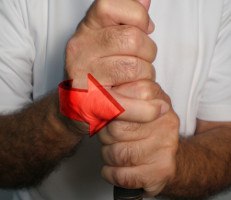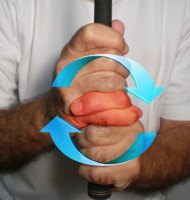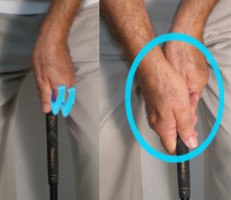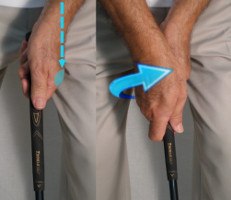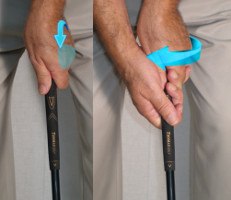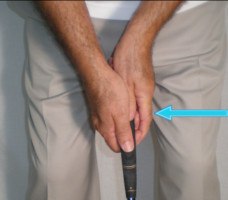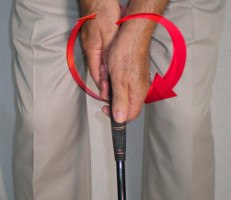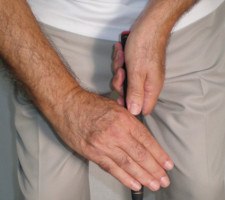Pros and Cons of Every Golf Grip Style |
Best Grip? Overlapping vs Interlocking |
Grip style: Interlocking |
Hand position: strong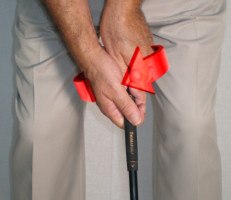 |
Putting grip style / hand position: Cross-handed (left hand low)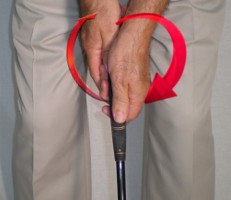
|

Does a mixed grip equal mixed results? Not if it’s Thomas Bjorn’s grip we’re talking about.
He may be best known for handing the 2003 Open Championship to Ben Curtis with a late Sunday mishap, but the amiable Dane has enjoyed a fine career nonetheless. Six top-10 finishes in majors, 18 European Tour victories and a pair of Ryder Cup berths is pretty heady stuff.
You don’t put together that kind of record with a faulty grip. That said, Bjorn holds the club in a slightly unorthodox manner. His left hand is in a strong position, turned to his right so that perhaps three knuckles appear to the face-on viewer. His right hand, however, is in the neutral slot: “V” between index finger and thumb pointing just a shade inside the handle, with a small yet notable angle or cup between wrist and hand.
Teachers call this a “mixed” grip as it’s a combination of different positions, in Bjorn’s case, strong and neutral. And it’s not as uncommon as you might think. Angel Cabrera, K.J. Choi and Ben Crane are among the pros employing similar grips.
On the other hand, there may not be another golfer who shares Thomas Bjorn’s grip on the putter. On first glance, he utilizes a standard cross-handed method. But closer inspection reveals that his right index finger is locked between his left pinky and ring finger – essentially, it’s a lefty’s interlocking grip.
Hey, don’t knock it. In fact, you may want to try it. In 2014, Bjorn ranked eighth on the European Tour in putts per greens in regulation – not bad for a guy who once switched to a long putter to cure the yips.
